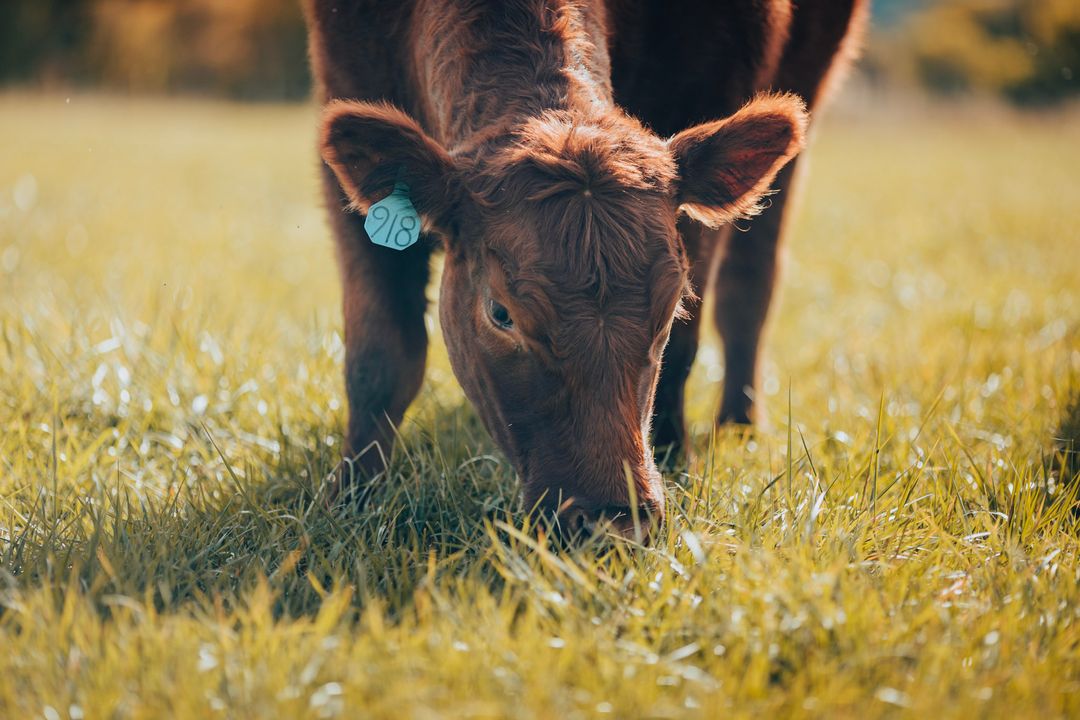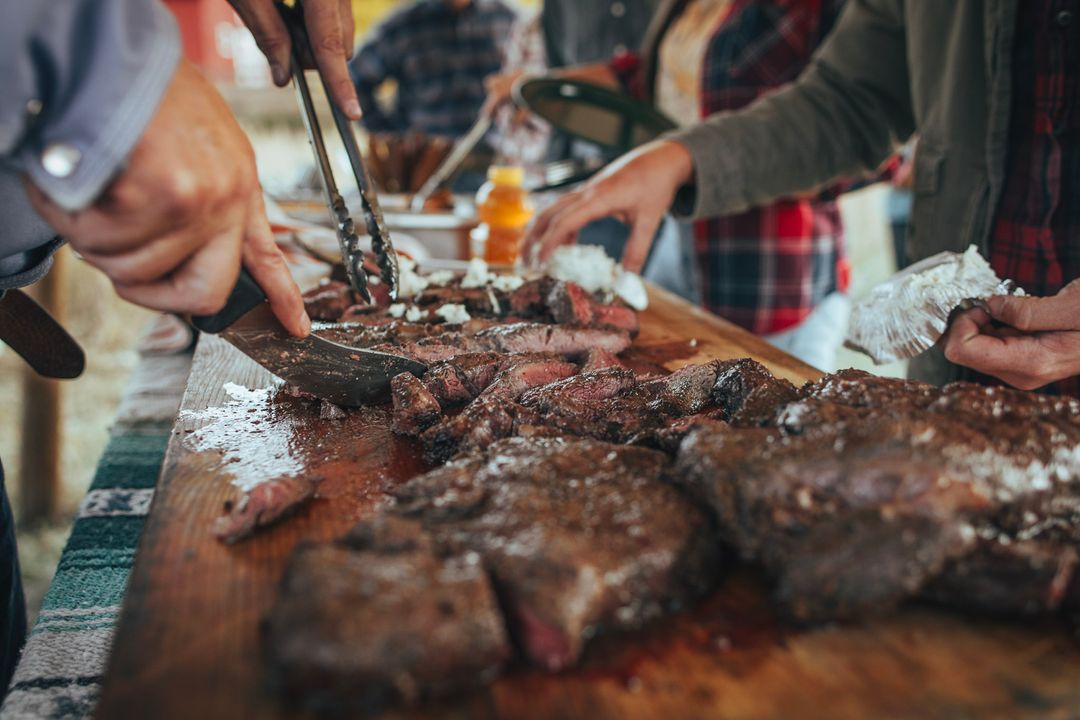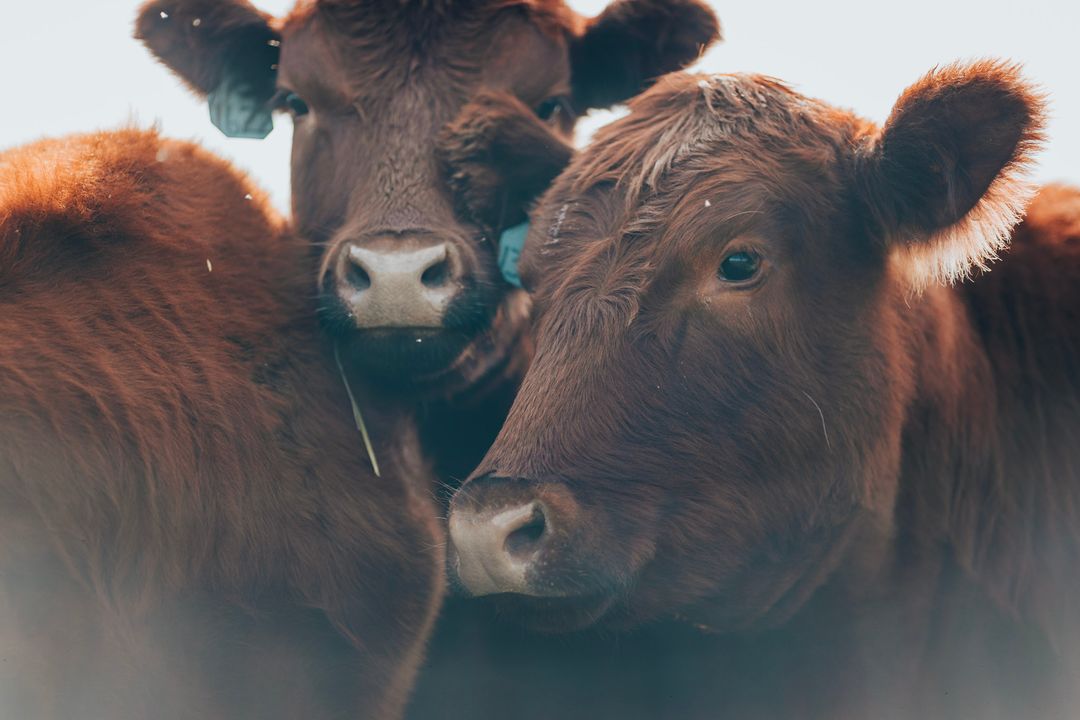
Pasture to Plate: The Different Paths to Quality Beef
As boxed beef gains more popularity, it's becoming increasingly common for ranchers to tout their cattle as 100% grass-fed, grass-fed/grain-finished, or even Wagyu. However, for the average consumer, these terms might be confusing and difficult to understand. To help you navigate the world of beef, this post will break down each category individually and explain what it means for the animals, the meat, and ultimately, your dinner plate.
100% Grass-Fed

100% grass-fed cattle only eat grass/hay throughout their lives. This program tends to take longer than other categories since your gain-per-day is slightly lower. Ranchers will never change the animal’s diet and will, in a sense, allow them to grow “naturally.” This method has become extremely popular over the years as grass-fed beef tends to be leaner than what you would get from grass-fed/grain-finished.
The flavor and nutritional value of the beef vastly change between 100% grass-fed, grass-fed/grain-finished, and Wagyu. Grass-fed is darker in color and has a higher protein content. Many nutritionists and health professionals have joined the grass-fed program to find healthier protein. Ranchers must be prepared to house the animal at their ranch much longer than grass-fed/grain-finished and wagyu.
For example, say you took three 600-pound calves and put them on these different programs. If your end goal were to have them at 1200 pounds, on average, it would take 240 days, give or take, on 100% grass or just 150 days on the other programs. Grass-fed cattle can cost the rancher more as they have to incur the cost of caring for them longer, which generally results in a higher premium for the consumer.
Grass-Fed/Grain-Finished
This means that the animal will spend most of its life grazing on grasslands and then switch to a grain, potato, corn, beet, or other specific ingredients to help promote healthy growth. Grass-fed and grain-finished beef eat the exact same as a 100% grass-fed animal up until the last 3-5 months. At this time, ranchers will give them specific diets on their ranch or in a feedlot to increase the fat content in the beef.
On grass, cattle can gain, on average, 2.5 pounds per day. Once you introduce that same animal to grain, corn, potatoes, or other specific feed, it can gain 3-4 pounds per day. Not only does this help speed up the process, which then helps lower overall costs, but it also allows cattle to receive nutrients that they may not be able to get from grass and hay. Grass-fed and grain-finished beef tends to have higher marbling in the beef, which makes it extremely juicy and tender.
Wagyu
Wagyu is unique as the cattle are generally one of 4 specific breeds – Kuroge (Black), Aakage (Brown), Nihon Tankaku (Shorthorn), and Mukaku (Polled). Wagyu comes from pure bloodlines that already have the genetics for excessive marbling. They are raised on a ranch in a stress-free environment until they reach around 50% fat content, generally around 1500 pounds. Ranchers provide 3 meals a day that consist of hay, grain, wheat, and other high-energy ingredients. Some of this feed can be imported from other countries, which constitutes the higher price of beef in the market. The only way to achieve this marbling content is through these specific bloodlines, extreme pampering, and ensuring the animal never over-exerts energy. Wagyu is, without a doubt, some of the most buttery and tender beef you can buy, but it does come with a premium price tag.
Ultimately, deciding which type of beef is best for consumers depends on their preferred tenderness and flavor profile. For those seeking leaner cuts, grass-fed/grain-finished cattle can offer some less fatty options, such as those found in USDA Select and USDA Choice categories. While each of the three categories (100% Grass-Fed, Grass-Fed/Grain-Finished, and Wagyu) has advantages and disadvantages, they provide the beef industry with the necessary diversity to meet the diverse demands of the market.


